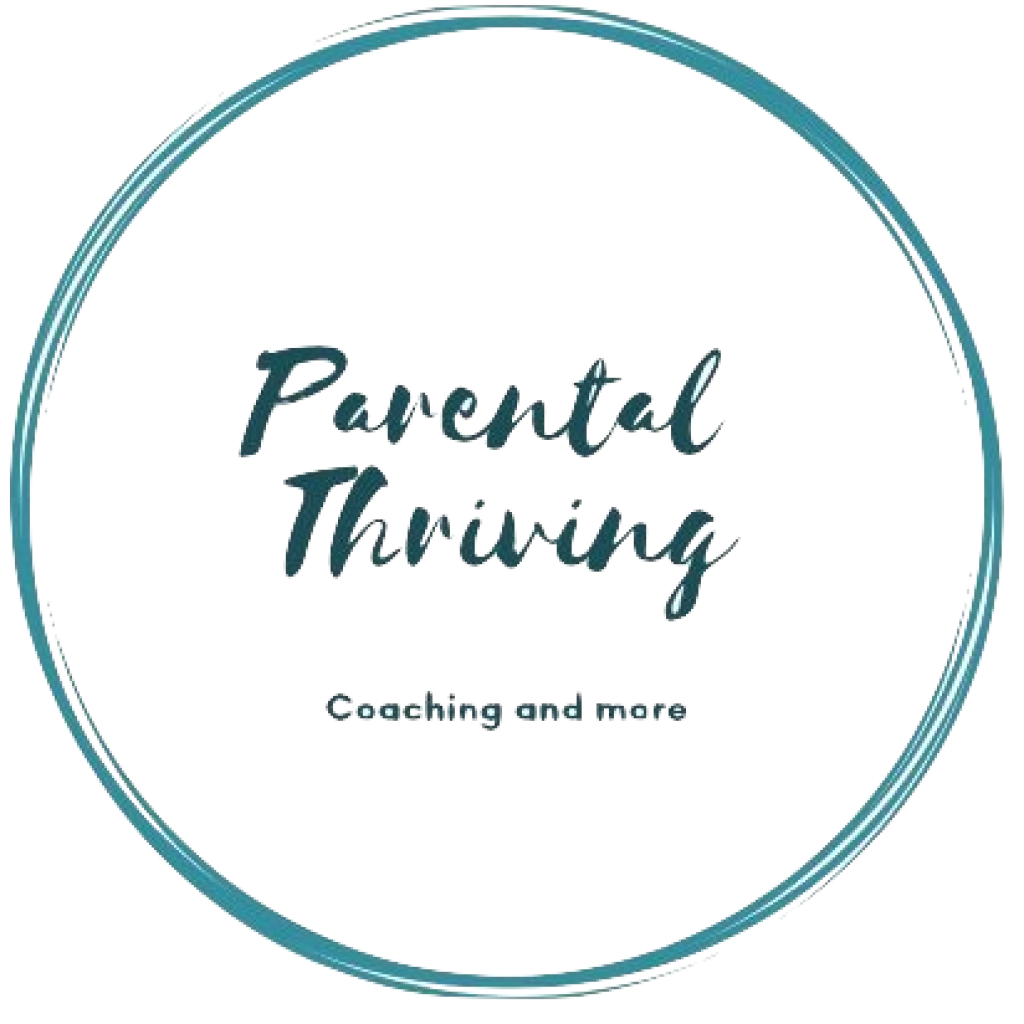Book review: Simplicity Parenting Chapter 3
We are reviewing the book Simplicity Parenting by Kim John Payne. You can read the previous chapters here, here and here. Should you wish to read this book, you can take it from the lending library.
This third chapter is called Environment. It is quite a long chapter and I think the most important thing to take from this is:
Quite simply, if you give a child less and less complexity, they become more interested, and this cultivates true powers of attention.
Looking at my own three children, this has been so true. When toys start to accumulate, they tend not to play well. Toys are discarded everywhere, they fight more and are not happy with what they have. As soon as I reduce, they are more engaged once again and get on better. Even their imaginations go a notch up. In fact that is mostly my visual of when we need to look through the toys – their lack of imagination and attention.
Kim John Payne, literally walks us through reducing the pile of toys which can be taking over the house. In fact, the start of the chapter is an exaggerated over view of how a child’s room can look like – I am not sure it is quite exaggerated actually! On page 68 he tells us: As you simplify, you allow your children to pour their attention, and themselves in what they are doing….There is freedom with less: freedom to attend, engage and absorb.
We are given a 10 point check list to go through the toys. One of them is toys we were pressured to buy! In fact we are told here that companies started selling toys outside of Christmas and in mass about 50 years ago only! Further more we are told that they spend about $ 16 billion a year on advertising (in 2009), using pester power to get us to spend more and more.
This is mind blogging! Can you imagine that they market toys in a way that children will pester us till we give in and buy? And I’d say we all fall for it at some point! Considering how recent the trend to toy buying is, it really blows you away seeing what success they managed to garner in just 50 years. How the more, more, more has taken a hold on us without even seeing it happening.
The ultimate problem, with giving a lot of toys throughout the year, is that children end up feeling entitled; are unhappy with what they have; believe that products will solve complex human problems and that buying is important.
In our hurry to have our children walk, or in our anxiousness to serve them, we may cause them to skip stages essential for neural development.
After the list of how to discard toys, we are given an idea of how to understand what are the keepers, what we should look for. I love this part because as he himself says it is not a must have list. It’s a guidance which ultimately you as the parent need to decide what would work for your family. Also the list is quite unique for me because it is not simply a list of toys, it is an over view of child development and how to look at toys from that perspective. This list is made up of touch, imaginary play, experience, purpose and industry, nature, social interaction, movement and art & music. It would be nice to go through them all but this post would never end!
Next in list is books. A sentence which stands out to me from this bit is: We honour the value of something (like reading) in our child’s life by fostering a deep- not disposable- relationship to it. It really sums it up doesn’t it? It is not the idea of having a lot of books that is wrong but the fact that having a big amount of books will end up in read it, next… it will not foster a deep relationship because there is so much to read! So having just 10 books out at a time in the bedroom is more than enough. These can than be easily rotated monthly or seasonally. Lastly, knowing what books you have; do you own character books? Normally these will not give strife to further imagination, it is just a replay of the cartoons! Are the books age appropriate? Some books are nowadays written as the author says more with the parent in mind than the child listening. Some books can also have content for the independent readers that is not quite their age. So being aware of the books these are reading and checking them out would be a good idea!
Clothes are also part of this chapter. Reminding us that too many clothes equals to too many choices. Which usually overwhelms a child, especially the younger ones! Even just making sure that what is in the wardrobe at the moment are clothes that fit your child, and are according to the current season will help minimize the feeling of too much stuff.
The chapter closes on smells and lighting an interesting take on this. Avoiding too many smells in a world that is full of smells (especially those artificial) and having mostly natural lighting can calm the senses of our children. Giving them a peace of calm in the chaos of the world.
What do you think? What would you add or omit?

